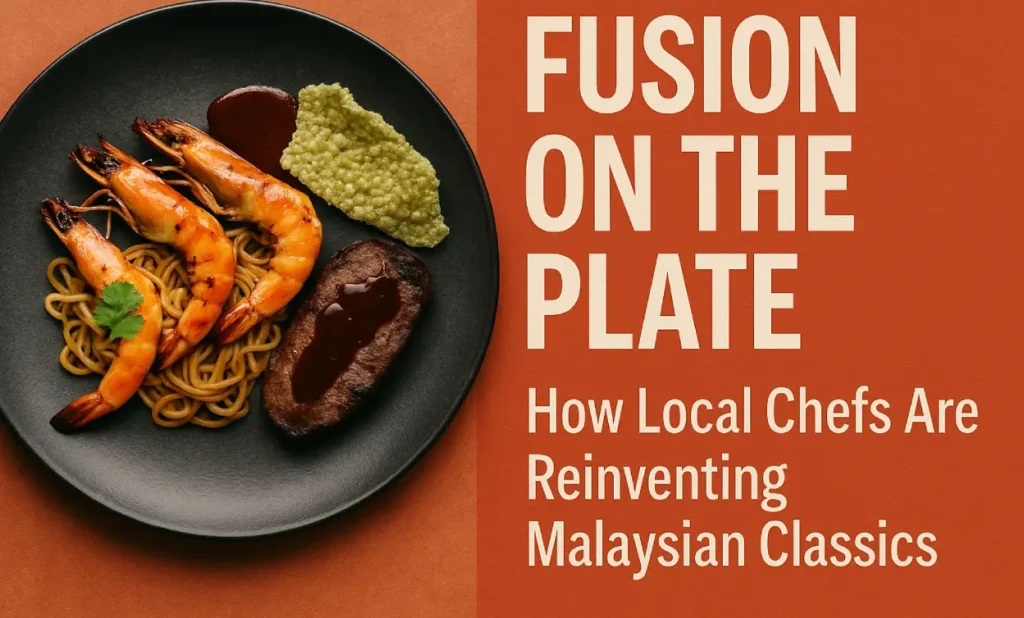
Evolution of Malaysian Cuisine
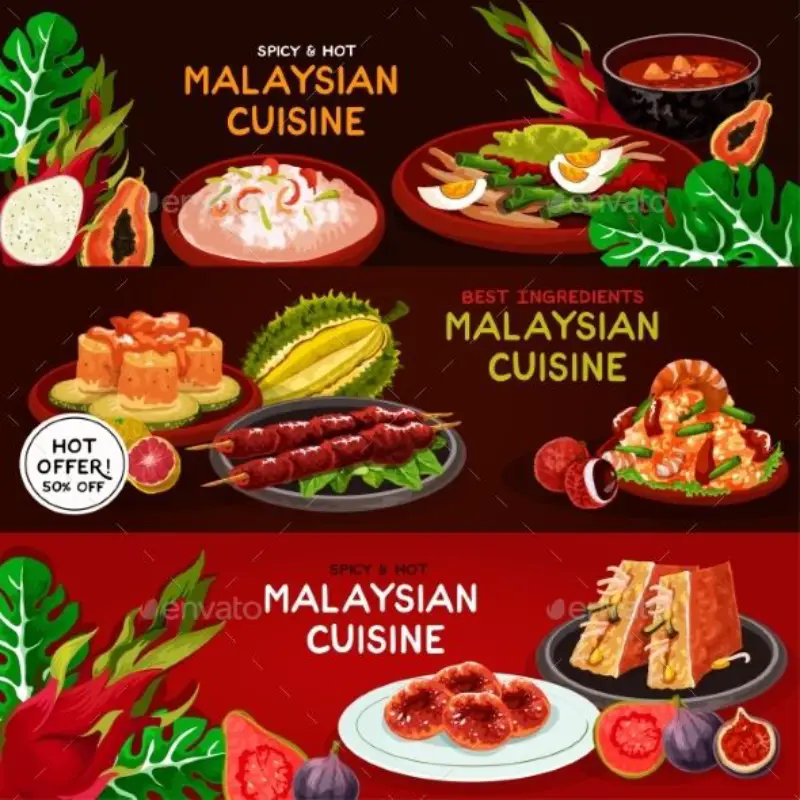
In the vibrant and multicultural culinary world of Malaysia, tradition meets creativity in bold and exciting ways. A new wave of innovative local chefs is ushering in a renaissance of flavor by reinterpreting classic Malaysian dishes with a contemporary twist. These culinary artists are preserving the cultural essence of time-honored recipes while blending them seamlessly with modern gastronomy, global influences, and cutting-edge cooking techniques. The result is a dynamic fusion cuisine that is gaining global recognition and captivating the palates of adventurous food lovers.
Redefining Tradition Through Creative Culinary Vision
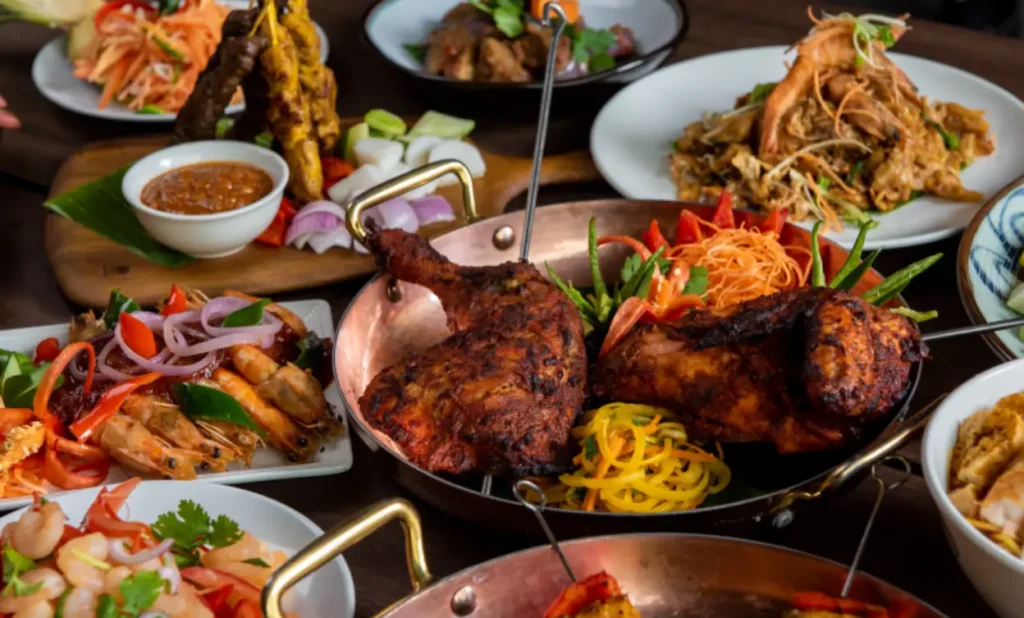
Traditional Malaysian food is a celebration of diversity, drawing from Malay, Chinese, Indian, Peranakan, and Indigenous cuisines. Each region of Malaysia boasts distinctive specialties whether it’s the spicy sambals of the East Coast, the Nyonya delicacies of Melaka, or the hawker-style Chinese noodles of Penang.
Local chefs are now taking these foundational dishes and giving them innovative reinterpretations. Imagine a rendang risotto that maintains the deep, rich flavor of the original Minangkabau-style rendang, but is paired with the creamy texture of Arborio rice. Or a laksa espuma, where the tangy, coconut-rich broth is transformed into a light foam, served atop grilled prawns on a pandan leaf cracker.
The Art of Fusion: Malaysian Ingredients Meet Global Techniques
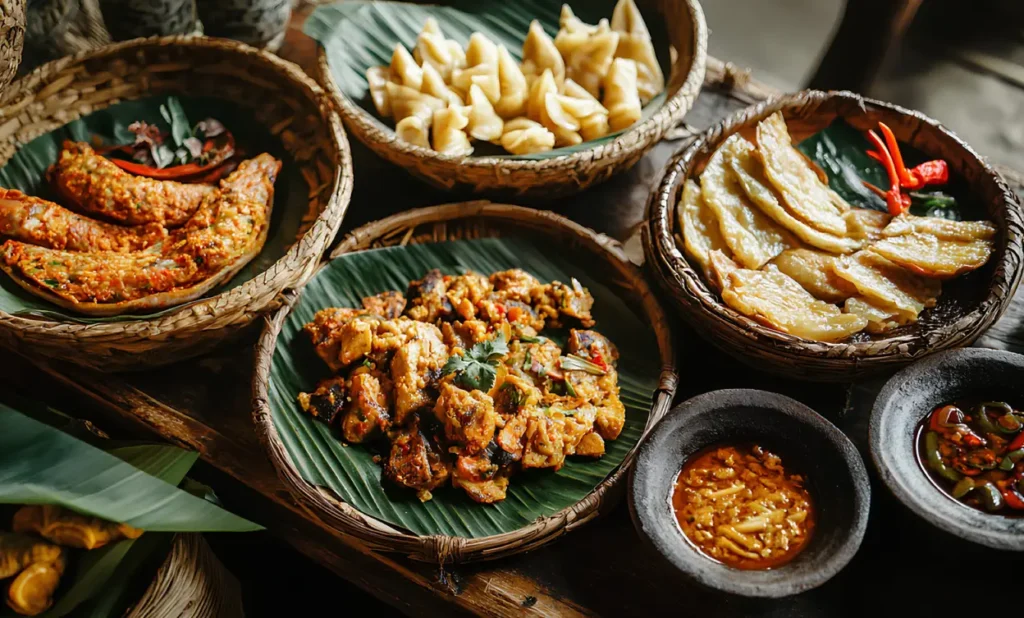
Malaysian chefs are merging local ingredients with international culinary techniques to create unexpected but harmonious dishes. Signature ingredients like belacan (fermented shrimp paste), asam jawa (tamarind), pandan, and gula Melaka (palm sugar) are being showcased in formats such as French pâtisserie, Japanese omakase, or even Nordic-inspired plating.
For example, Chef Darren Teoh of Dewakan Malaysia’s first Michelin-starred restaurant—is renowned for using indigenous Malaysian produce like kulim and tenggek burung in fine-dining tasting menus. His approach combines molecular gastronomy with ancestral flavors, reshaping how Malaysian ingredients are perceived on the global culinary stage.
Similarly, Chef Raymond Tham of Beta KL integrates Western techniques with familiar local profiles, offering dishes like smoked duck breast with cincalok sauce or torched pineapple with budu caramel, presenting a dialogue between the past and present.
Modern Malaysian Street Food: Elevating Everyday Classics

Street food has always been central to Malaysia’s food identity. Now, it’s being elevated to gourmet status. Chefs are reinventing staples such as char kway teow, nasi lemak, and mee goreng in fine-dining formats, emphasizing presentation, provenance, and technique.
Take, for instance, deconstructed nasi lemak served with sous vide egg, coconut foam, sambal reduction, and crispy anchovy tuile. Or lobster char kway teow, where traditional wok hei meets premium seafood in a luxurious rendition of a hawker classic.
This reimagination doesn’t just add sophistication; it also educates diners on the nuances of flavors and cultural backstories, deepening appreciation for Malaysia’s rich culinary roots.
Championing Local Produce and Sustainability
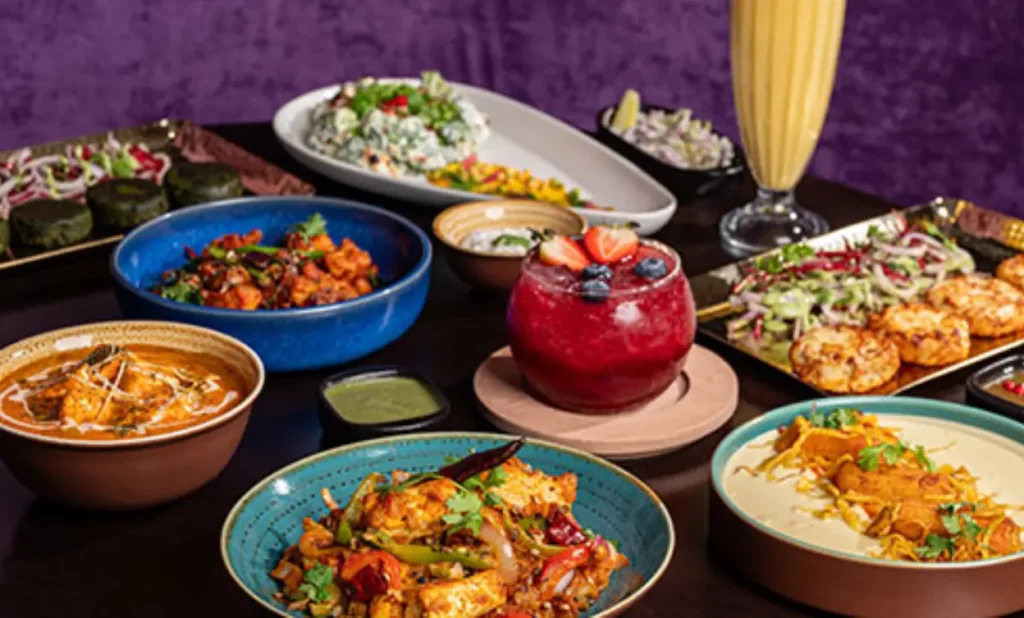
Many chefs pioneering this culinary movement are also committed to sustainability and local sourcing. They are working directly with farmers, fishermen, and indigenous communities to spotlight the richness of Malaysia’s biodiversity.
Restaurants are increasingly highlighting farm-to-table menus, with seasonal rotations that celebrate local harvests. Wild herbs like ulam raja, torch ginger, and pegaga are used creatively to add depth, complexity, and authenticity to modern dishes.
By championing lesser-known native ingredients, chefs are helping preserve local food traditions while encouraging sustainable agricultural practices. This not only supports the local economy but also ensures that these heritage flavors are passed on to future generations.
Fusion Desserts: The Sweet Side of Innovation
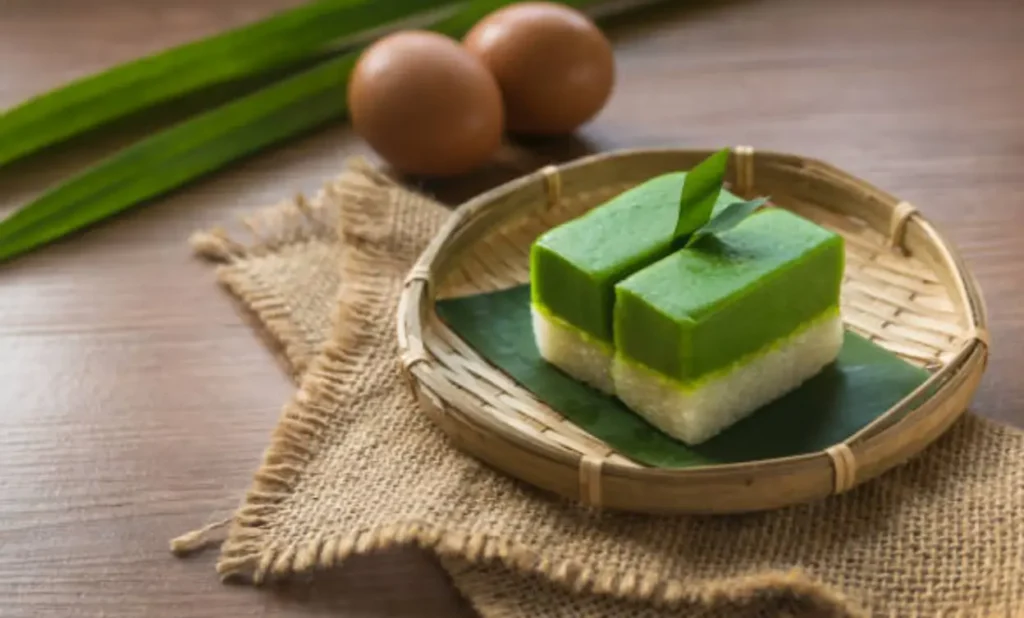
Desserts are not left behind in this movement of fusion. Classic Malaysian treats are undergoing dramatic transformations. Kuih, once sold in humble roadside stalls, are being reinvented as elegant plated desserts or even part of tasting menus.
A standout example is pandan crème brûlée, where the custard is infused with the fragrant leaf and paired with gula Melaka caramel. Teh tarik mousse, black sesame panna cotta with coconut tuile, and durian soufflé are taking nostalgic flavors to new culinary heights.
These desserts are more than just sweet endings they are artistic expressions that reflect Malaysia’s cultural mosaic through texture, aroma, and presentation.
The Role of Culinary Schools and Media in Shaping Modern Malaysian Cuisine
Culinary schools across Malaysia are nurturing a new generation of chefs equipped with both traditional knowledge and modern culinary science. The blend of classic culinary education with experimental cooking techniques is giving rise to bold interpretations of Malaysian dishes.
In parallel, food-focused media, YouTube creators, and local food bloggers are playing a pivotal role in documenting and promoting this evolution. They’re introducing wider audiences to chefs who are reshaping Malaysian cuisine and inspiring home cooks to experiment with fusion at home.
Malaysian Cuisine on the Global Stage
Malaysian fusion cuisine is not just thriving locally it’s making waves internationally. Malaysian chefs are opening restaurants abroad, collaborating with global culinary icons, and featuring in Michelin Guides, Netflix food documentaries, and global food summits.
This global spotlight is increasing appreciation for Malaysia’s culinary depth and reinforcing the idea that fusion is not dilution—but elevation. When done with respect and authenticity, fusion becomes a powerful narrative tool that connects history, culture, and innovation.
A Culinary Renaissance Rooted in Heritage
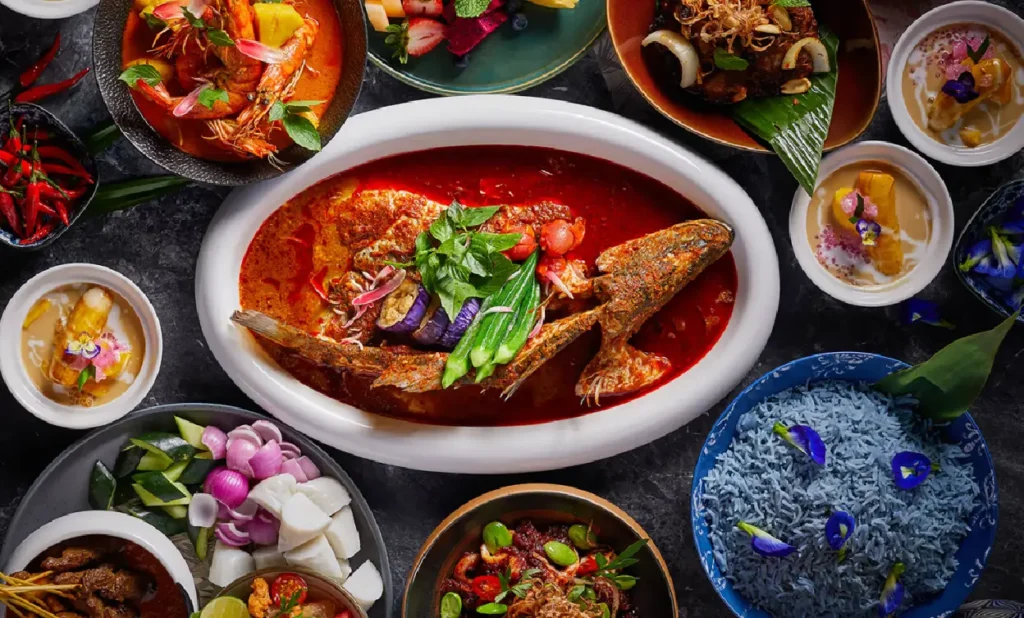
The current transformation of Malaysian cuisine is a testament to the creativity and cultural pride of its chefs. By marrying innovation with authenticity, they are not only reinventing dishes but also reshaping national identity through food.
This fusion-driven culinary wave ensures that Malaysian classics are not relics of the past, but living traditions that continue to evolve, inspire, and delight.


